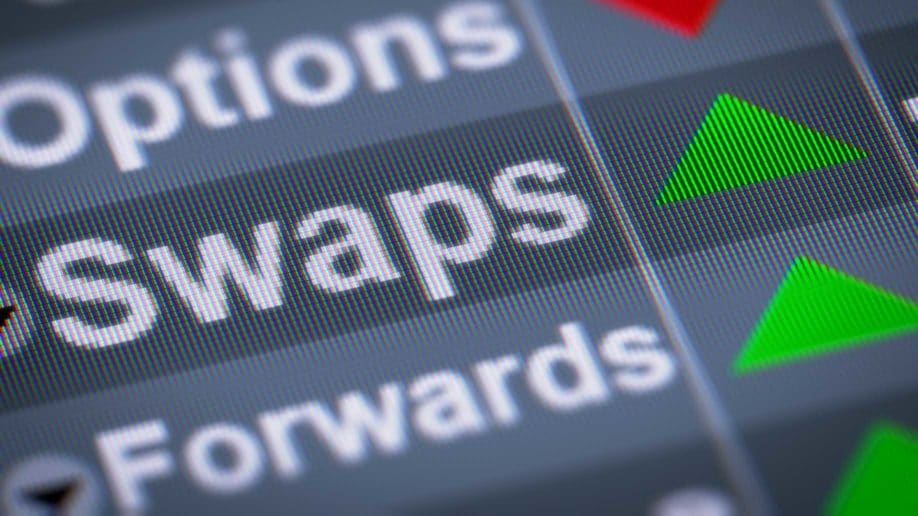Learning Platform - "Markets & Trading"
Course: Forwards & Futures
About the Course
The programmes “Forwards & Futures, and Forwards & Futures Trading” (all levels) are specifically designed to expand delegates’ knowledge of, and skills with respect to, a specific type of derivatives, namely forwards and futures, their features, how to use these instruments, why and when to use them, and how they can be of help when risk exposures are to be managed. Next, during these programmes pricing of these financial instruments is incorporated, and therefore the aim will also be at (potential) price changes. Last but not least, these programmes offer insight in the opportunities and risks of these instruments and the incorporation of them in energy portfolios.
Objectives
In the first level of the “Forwards & Futures, and Forwards & Futures Trading” programme focus is on the fundamentals of forward and future contracts. The focus during this programme is at what types of energy forwards and futures exist and what their features are. Contracts specifications are taken into consideration and settlement procedures are explained. This programme will also equip students with a working knowledge of how to trade forwards & futures.
Course Contents
Fundamentals of forward & futures contracts
- Term contracts in a nutshell, including definitions
- About the working of forwards & futures
Forward & futures contract specifications
- About oil, gas, coal, power & carbon contracts
- Concerning power & gas specifics – delivery period vs. moment
- Differences between a forward contract and a futures contract
Trading forwards & futures – Speculating & hedging
- Learn how to apply forwards & futures for proprietary trading
- Master the application of term contracts to hedge exposures
- Concerning basis risk
Forwards & futures position management
- About opening and closing positions
- Covering short selling – What is it? How does it work?
- About clearing of contracts
- Including collateralization, margining & leverage
Settlement of forward & futures contracts
- About physical delivery and cash settlement
- Concerning the alternative delivery procedures (ADP)
- Covering exchange futures for physicals (EFP)
- Including trading at settlement (TAS)
Cascading of power & gas contracts
- About the process of cascading
- Concerning the consequences for margining
- The consequence of cascading for a hedge
- Market liquidity of month, quarter and year contracts
Exam & Certification
Objectives
In the second level of the “Forwards & Futures, and Forwards & Futures Trading” programme focus is on the pricing of forward & future contracts. The price dynamics of these instruments are brought forward in light of the energy markets. The programme therefore includes the time value of money and the cost of carry. Next, forward curves are considered and it is explained what shape they can have (at what levels) and how this may fluctuate over time. Students are explained how forwards & futures can be used as financial instruments with the purpose of hedging exposures.
Course Contents
Pricing of forwards & futures
- The theoretical relationship between spot price & forward price
- About the storage theory
- Including the cost of carry; cost of storage, insurance & capital
Forward curves
- About contango & backwardation
- Concerning convenience yield
- Coverering seasonality & mean reversion
Hedging a consumer exposure
- Concerning hedging with a forward or futures contract
- Re hedging a natural short position with a long forward/future
Hedging a producer exposure
- Concerning hedging with a forward or futures contract
- Re hedging a natural long position with a short forward/future
Rolling over futures positions
- Concerning the roll yield in case of re-hedging
- Covering roll strategies
- About investments strategies of institutional investors & others
Basis risk & Hedge ratio
- About the effectiveness of hedges
- Including the consequence of an imperfect hedge
- Concerning the significance of a hedge volume
Exam & Certification
Objectives
In the third level of the “Forwards & Futures, and Forwards & Futures Trading” programme focus is on the application of forwards & futures in a sophisticated way. Combinations of these instruments are considered. Combinations are set up for hedging purposes, in order to profit from arbitrage opportunities, and to speculate. How does all of this work? And what are the implications of such?
Students are explained what location spreads are and why these are set up by market participants. The same is applicable for quality spreads, margin spreads, cross-commodity spreads and time spreads.
Course Contents
Futures spreads
- About quality spreads, location spreads & time spreads
- About cross-commodity spreads
- Concerning the bid-ask spread
Trading futures spreads – Time spreads
- About buying & selling a time spread
- Concerning virtual storage capacity
Trading futures spreads – Location spreads
- About buying & selling a location spread
- Covering basis trading
- Concerning virtual transport capacity
Trading futures spreads – Cross-commodity spreads
- About buying & selling a cross-commodity spread
- Concerning spark& dark spreads, as well as crack spreads
- Concerning virtual power generation capacity & oil refining cap.
Features of spread trading
- About liquidity of futures spreads
- Concerning cross-margining
Statistical arbitrage
- Concerning hedge fund strategies
- About so-called long-short startegies
- About correlation
Exam & Certification
Objectives
In the fourth level of the “Forwards & Futures, and Forwards & Futures Trading” programme focus is on portfolio management and risk optimisation. The programme goes beyond energy forwards and futures, and takes into account related contracts, namely weather-related forwards & futures. After all, weather has a huge impact on oil, gas, coal and power production, as well as on fossil fuel and electricity consumption. This implies a significant impact on the turnover of energy companies and their profitability.
In order to manage these risks organisations can make use of weather derivatives. This programme focuses therefore on this kind of instruments and their specific application.
Course Contents
Weather elements & weather exposures
- Weather elements in a nutshell; impact on business & economy
- About weather risk; influences of weather on supply & demand
- Concerning the impact of weather on energy prices
Fundamentals of weather derivatives
- About the underlying values; references
- Concerning settlement
- The challenges of weather derivatives & the hedging process
- Covering basis risk
Temperature – HDD & CDD contracts
- About temperature-related derivatives
- Concerning heating degree days and cooling degree days
- Covering pay-off
Application of weather derivatives – Examples for utilities
- Applying HDD futures & options
- Incl. a practical example for a utility or gas supplying company
- Covering market prices, probabilities and securing cash flows
Wind derivatives – Examples for energy companies
- About wind-related derivatives
- Concerning wind and wind power
- Wind power indices
- Covering the Carvill hurricane index (CHI)
- A hedge for oil & gas companies; CHI hedge for rig exposure
Data management & analytics – Wind
- About wind data and wind data management
- Concerning pressure gradient force, coriolis and friction
- Covering diurnal cycle, wind direction, temperature & location












